Gaza Faces Catastrophic Famine as Children Die of Starvation Amid Aid Blockades
Gaza faces catastrophic, man-made famine as children die from starvation amid severe food shortages and limited humanitarian aid access.
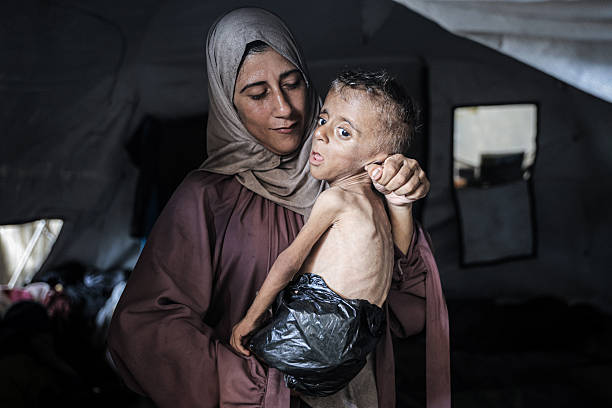 Malnourished toddler in Gaza fights for life amid ongoing Israeli attacks
Malnourished toddler in Gaza fights for life amid ongoing Israeli attacksIn a crowded ward of the Patient’s Friends Benevolent Society hospital in Gaza City, seven-month-old Mohammed lies skeletal, crying from hunger and gnawing on his bony fingers. Weighing barely 4 kilograms, he is one of hundreds of malnourished children suffering in Gaza, where an intensifying famine has pushed an already devastated population to the brink of collapse.
Mohammed, once born healthy, could not be breastfed due to his mother’s malnutrition and has received only two cans of baby formula since birth. His grandmother, Faiza Abdul Rahman, now fears for his life as the family struggles to eat even a piece of bread daily. “His siblings also suffer from severe hunger. On some days, they go to bed without a single bite to eat,” she said.
The hospital’s ward is overwhelmed, with skeletal children doubled up on just 12 beds and up to 200 children arriving daily seeking treatment. Only two pediatric teams remain functional in Gaza City. Dr. Musab Farwana, one of the doctors, struggles to save lives without basic medical supplies and goes home each day to share dwindling meals with his own family.
Gaza has recorded over 43 deaths from hunger in just three days, surpassing the previous total of 68 since the war began nearly two years ago. This week, Dr. Farwana lost three severely malnourished patients, including a girl who could have survived with intravenous potassium — a basic medication unavailable in Gaza.
Testimonies from residents, doctors, and aid groups reveal that food has nearly vanished. Flour prices have soared to over 30 times the market rate, and starvation is affecting even humanitarian workers. Over 100 aid organizations, including MSF, Save the Children, and Oxfam, have raised the alarm over worsening conditions.
The World Health Organization’s Director-General, Tedros Adhanom Ghebreyesus, described the crisis as “mass-starvation — and it’s man-made.” Humanitarian groups report their own colleagues in Gaza are now starving.
Following international pressure, Israeli Prime Minister Benjamin Netanyahu lifted a total blockade imposed on March 2, but only minimal aid has been allowed since. Aid is now funneled through a secretive U.S.-backed body, the Gaza Humanitarian Foundation (GHF), which operates four heavily militarized distribution points. These locations are considered “death traps” by residents, as hundreds have died attempting to secure aid from them.
Despite being operational for 58 days, GHF’s supplies could feed Gaza’s population for less than two weeks if distributed equally. On Sunday alone, 85 Palestinians were killed trying to access food, and evacuations were ordered in central Gaza, raising fresh alarms about escalating conflict and displacement.
Residents like Umm Youssef al-Khalidi, caring for a paralysed husband and five children, are now risking their lives to obtain food. After four days without any, she decided to brave a GHF distribution center. “We have been silencing our hunger with water,” she said. “I fear something bad will happen to me, and I’ll leave them without anyone to care for them.”
Her children, once top students, now spend their days begging or attempting to sell bracelets outside a bombed mosque. They are skeletal, dizzy, and fading by the day.
Humanitarian agencies have warned that if the situation continues, Gaza will face an irreversible famine with catastrophic loss of life. As international scrutiny grows, Palestinians on the ground continue to suffer with no end in sight.



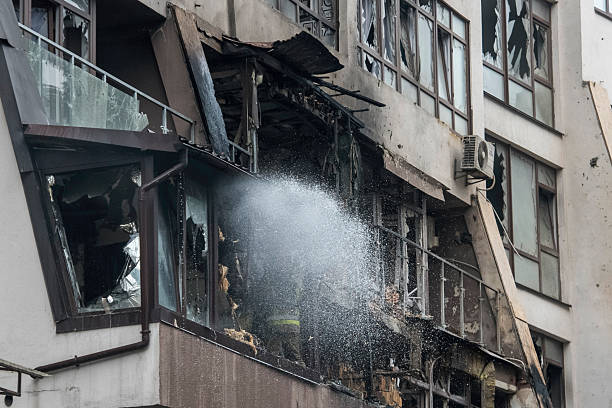
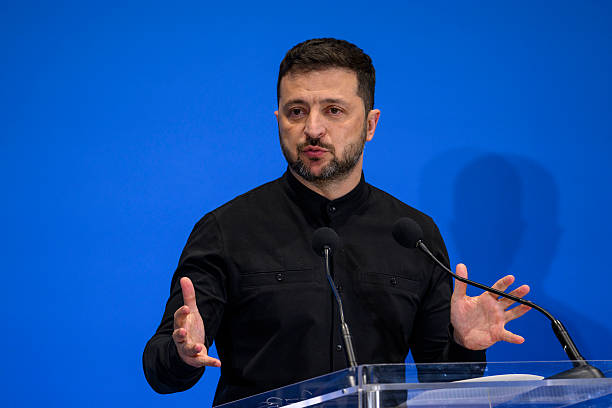
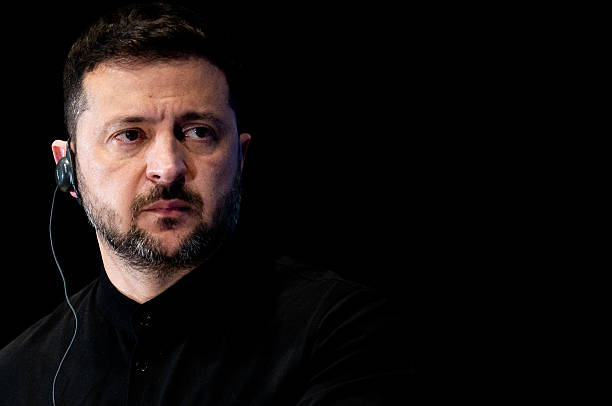
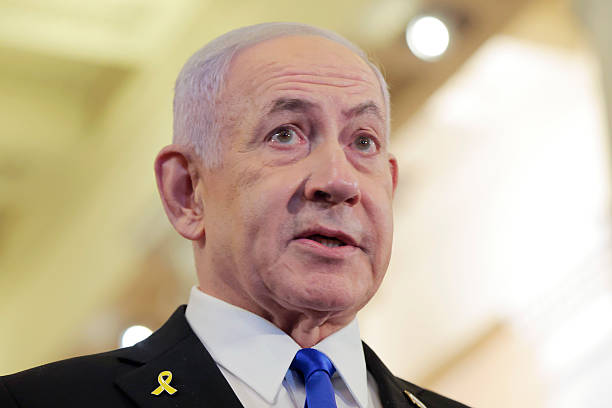
Conversation